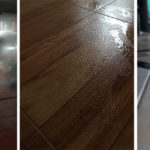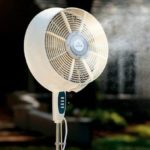During the spring in the northern region of our country, the weather often brings drizzles accompanied by high humidity in the air. This type of weather inadvertently causes dampness, which creates inconvenience in people’s daily lives. The most visible and tangible evidence of this phenomenon is the dampness that affects houses and household items.
To address this issue, many households have utilized the “Dry” mode on their air conditioners alongside using specialized dehumidifiers. Many users have reported that activating the “Dry” mode on their air conditioners has proven to be effective in drying out their living spaces during humid days. However, some individuals have also shared that despite using the “Dry” mode on their air conditioners, the situation did not improve. So, what is the difference?
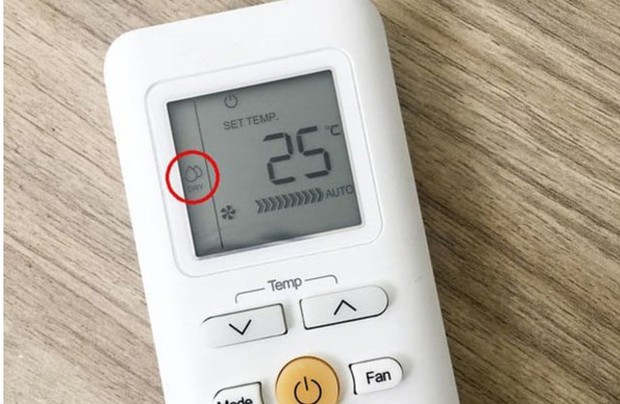
Using the “Dry” mode on an air conditioner – What temperature is optimal and effective? (Illustration)
The Temperature of the Air Conditioner on the “Dry” Mode
According to many experienced individuals, the difference in the effectiveness of the “Dry” mode on an air conditioner in drying out living spaces lies in the temperature setting. Specifically, the lower the temperature setting on the air conditioner, the quicker the living space will dry out. “I tried setting the air conditioner to a low temperature for a moment, and the house dried out,” said Hoang Vinh account user. “I set it at 20 degrees, and 30 minutes later, the house was dry, even though there were water puddles on the floor previously,” “I always set it at 16 or 17 degrees,” “If you set the temperature lower than the outside temperature, the air conditioner will start functioning,” added some other users.
Therefore, for users who do not have specialized dehumidifiers and choose to rely on their air conditioners with the “Dry” mode to combat dampness during the rainy season, it is essential to pay attention to the temperature setting on the device. It is best to set the temperature lower than the outside temperature, ranging from 17-25 degrees Celsius. Only then can this method of drying out living spaces achieve optimal efficiency and quickly create a dry environment. If the temperature setting is not appropriate, the time required to dry out the living space will be longer.
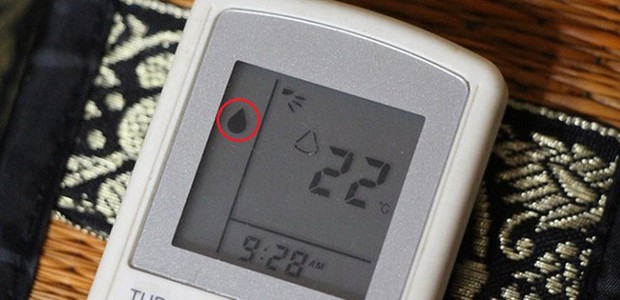
The temperature settings accompanied with the “Dry” mode on an air conditioner will determine its ability to quickly dry out living spaces during humid days. (Illustration)
The Characteristics of the “Dry” Mode on an Air Conditioner
In reality, the drying ability and humidity reduction in living spaces provided by the “Dry” mode on an air conditioner are clearly explained in the device’s user manual. However, many users overlook this information. Additionally, if users solely use this mode without adjusting the temperature setting, the device will emit less cool air, resulting in lower energy consumption.
Experts in electrical appliances, in general, and air conditioners, in particular, also emphasize that using the “Dry” mode can reduce noise during operation. This is due to the fact that the device emits less cool air, resulting in smoother operation and reduced noise.
However, the “Dry” mode is only a supplemental function of an air conditioner and is not suitable for daily usage, especially during hot and dry summer days. This mode dries out the air and living spaces, causing potential issues such as dry skin, dry throat, and dry eyes, which can affect a person’s health.
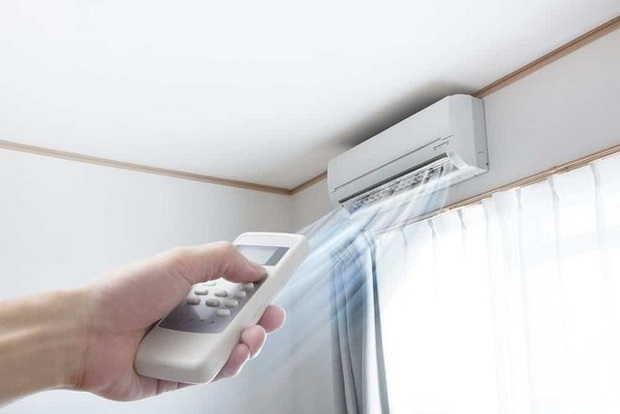
During hot and dry summer days, it is not recommended to use the “Dry” mode on an air conditioner. (Illustration)
When the cooling function is needed, users should still opt for the regular “Cool” mode on the air conditioner and adjust the temperature and fan speed accordingly. The “Dry” mode is only suitable for use during days with high humidity, reaching above 70%. Excessive reliance on the Dry mode for energy saving purposes should be avoided.
With the upcoming summer season, in order to use the air conditioner efficiently and save energy, users can consider the following tips:
Air conditioning does not need to be continuously turned on throughout the day. Instead, it can be activated for a few hours during specific times of the day.
During operation, avoid frequently turning the air conditioner on and off or adjusting the temperature setting too many times.
Set the air conditioner to a relatively moderate temperature, around 25-27 degrees Celsius, in combination with using a fan.
Choose an air conditioner with an appropriate capacity for the living space.
Consider purchasing Inverter air conditioners that feature energy-saving technology, or air conditioners with multiple energy star ratings.
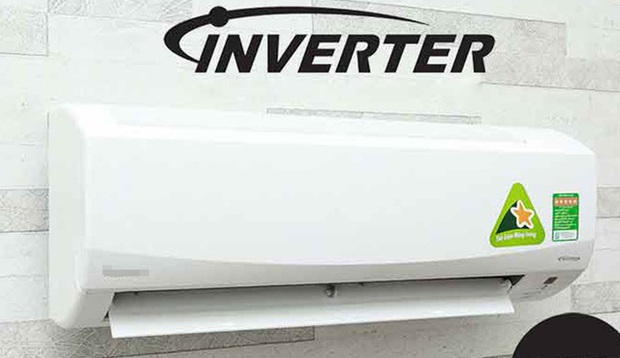
During the summer, to save energy, prioritize purchasing air conditioners equipped with Inverter technology or those with multiple energy star ratings. (Illustration)
According to Đời Sống Pháp Luật
How to Choose the Best Air Conditioning Setting for a Humid and Damp Home
As the cooler temperatures of winter and spring begin to set in across the Northeast, families are confronted with an additional worry – how can they protect their homes from mold and dampness? While a dehumidifier is an effective measure, are there other air conditioning or cooling methods which can be used to ensure the air remains free of moisture and fungi?
























